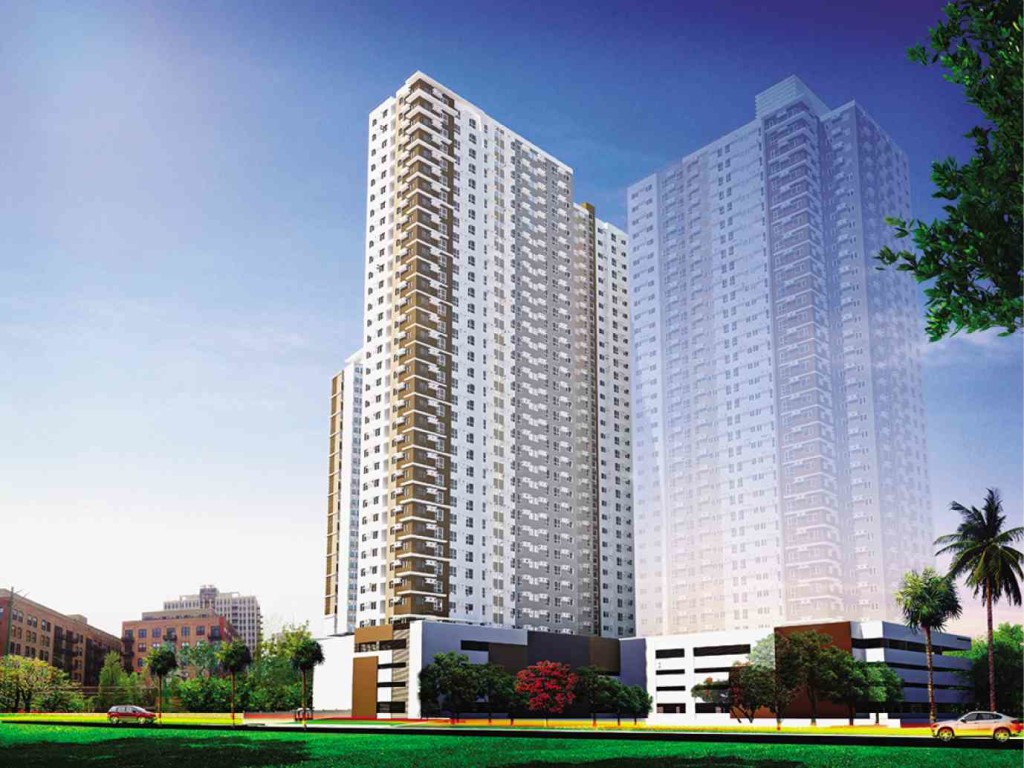
Pioneer Woodlands is located right smack in the middle of Edsa and has a direct bridge connected to the MRT.
There is a reason why local real estate developers always keep themselves abreast with the latest developments about the government’s infrastructure projects.
It’s all about accessibility.
As Colliers International Philippines had earlier stated: “the infrastructure plans of the current administration will dictate the direction of real estate developments beyond the term of President Duterte.”
“The implementation of infrastructure projects nationwide should provide access to properties that could be redeveloped into mixed commercial, residential, hotel/leisure and industrial estates,” it had said.
A property developer would naturally want to put up a project in a location that is readily accessible to the residents and tenants even via public transportation, and which is near key establishments such as schools, hospitals, offices, churches, and even entertainment complexes.
For projects outside Metro Manila, the key is to put up condominiums or subdivisions in areas that benefit from improved roads and highways, thus making them more accessible.
Within Metro Manila, however, a strategic location would be highly crucial to ensure that the project will be most preferred by prospective residents and investors alike.
One such project is Pioneer Woodlands, reportedly the first transit oriented development.
Pioneer Woodlands is being put up by publicly listed Empire East Land Holdings Inc., known largely for its landmark residential communities that offer exceptional mobility.
And this condominium project in Mandaluyong proffers no less than that: ideal for yuppies and young families, the Pioneer Woodlands is located right smack in the middle of Edsa, has a direct bridge connected to the MRT, and is surrounded by other forms of transportation.
Talk about a strategic location and exceptional mobility.
With an instant link to the MRT-3 Boni Station along Edsa, Pioneer Woodlands strategically positions its residents at the center of the north and south, thus allowing them to easily go from one exciting destination to another and have access to areas and institutions where they can build a career.
It is designed to appeal to young urban professionals and to students who have active and driven lifestyles.
These are the so-called city adventurers who need to be out and about in the city, or those with office responsibilities that require proximity to the city and yet, they aspire for that soothing calm that a laidback, nature-centered lifestyle offers.

